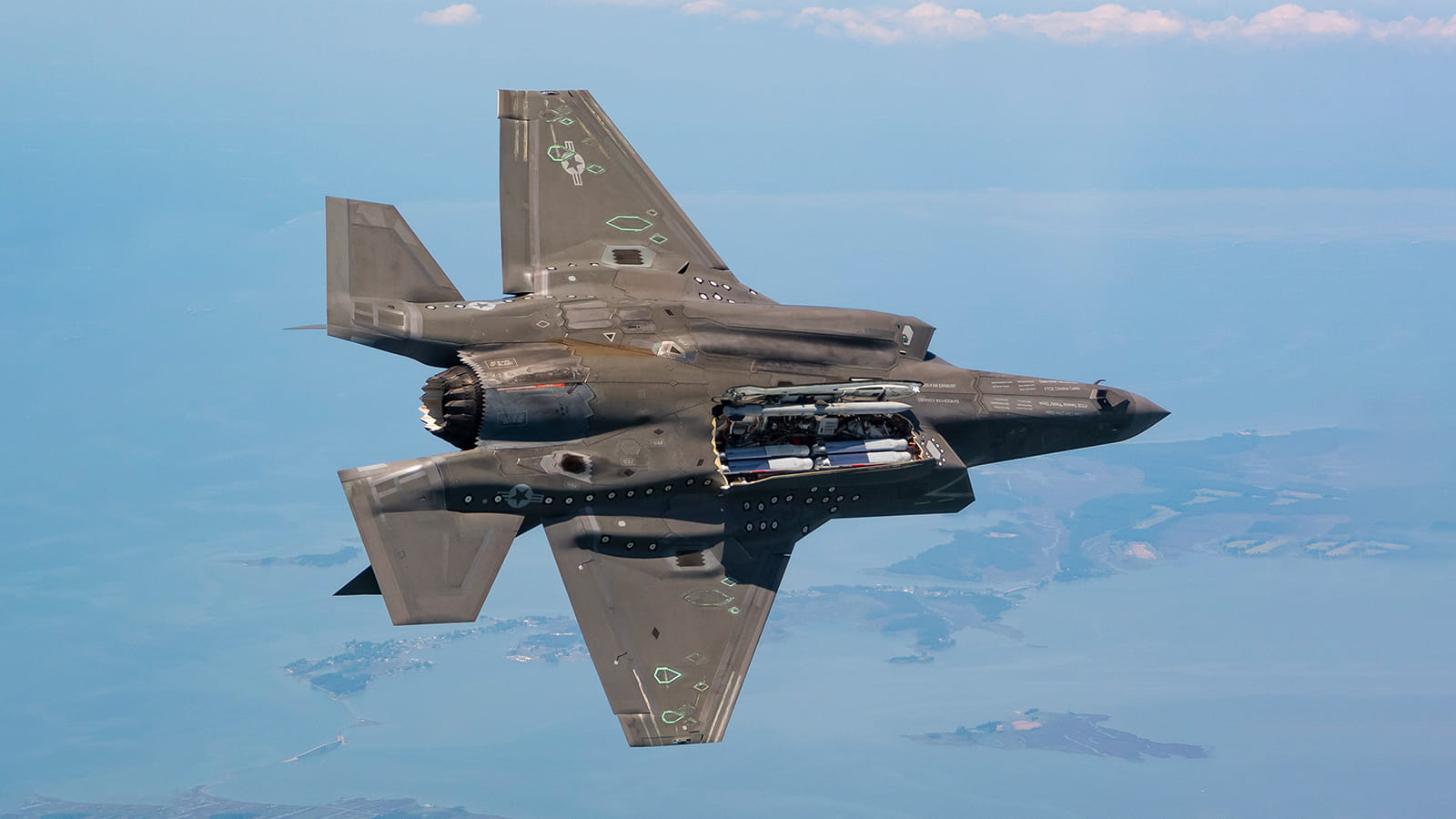Canada’s plans to equip its Air Force with powerful fifth-generation F-35 fighter jets face stiff internal opposition. Activists around the nation are holding protests to oppose Canada’s decision to purchase new fighter jets.
These demonstrations are mainly organized by a group known as the No Fighter Jets Coalition. A recent demonstration was staged outside the office of Canada’s Environment Minister, Steven Guilbeault, in Montreal, with protestors shouting, “no new fighter jets.”
The Canadian Press reported in December 2022 that the Department of National Defense secured approval to spend $7 billion on 16 F-35 fighter jets and associated equipment.
In December, Defense Minister Anita Anand said that Canada plans to conclude a contract in a “very short term.”
The Canadian government aims to purchase 88 new fighter planes to replace the RCAF’s aging fleet of CF-18s. But, the order for the new fighter jets will be placed in batches.
The No Fighter Jets Coalition, a group of 25 Canadian peace and justice organizations, contends that F-35 jets are “killing machines and bad for the environment,” in addition to being unnecessary and expensive.
The Department of National Defense of Canada believes that acquiring a new fleet is essential for national security.
Jessica Lamirande, a spokesperson for the department, told Global News that the world is becoming more complicated, and the operational demands on the Canadian Armed Forces are increasing, as seen by Russia’s unlawful and unjustifiable invasion of Ukraine.
Lamirande stated that Canada has one of the world’s largest stretches of coasts, land, and airspace and that a modern fleet of fighter jets is required to safeguard its people.
“A new fighter fleet will also allow the aviators of the Royal Canadian Air Force to ensure the continued defense of North America through NORAD and contribute to the security of the NATO alliance,” Lamirande added.
The protesters, however, disagree with the government’s approach. To lessen the likelihood of war in the future, activists contend that actual development and actions to reduce the causes of conflict, such as boosting food and housing security, must be taken.

Regarding the environmental issue, Lamirande stated that the department is taking measures to lessen the project’s possible effects, such as developing their new buildings to be carbon-neutral in terms of energy use.
According to the government, they have also assessed the environmental impact of the jets, noting that it would be the same as that of the existing CF-18 planes. Lamirande pointed out that the impact could be lower due to reduced usage of hazardous materials and planned emission capture.
The research concludes that replacing the present fighter fleet in the future will have no negative environmental impact.
Controversy Over The Cost Of The Aircraft
The expense of Canada’s proposal to buy fighter jets was another issue raised by the protesters. That $7 billion cost for 16 aircraft appears high when compared to what some of Canada’s allies are paying for the same type.
Switzerland agreed to pay USD$ 6.25 billion, or CAD$8.5 billion, to purchase 36 F-35s in September 2022.
Finland stated in December 2021 that a contract to purchase 64 F-35s for USD 11 billion, or CAD 15 billion, had been reached. Around $1 billion in systems and equipment were involved in that agreement.
Furthermore, the German government revealed its plans to purchase 35 F-35s for USD$8.8 billion, or CAD$12 billion. Technical assistance, training, equipment, and logistical support are all included in the deal.
However, the price tag provided by the Canadian government also accounts for the urgently required upgrades to the physical and technological infrastructure of the Royal Canadian Air Force (RCAF), including new facilities for the storage and upkeep of fighter jets and upgrades to the military’s computer networks.

Experts agree that the RCAF has to modernize its infrastructure and network, especially in light of the F-35’s superior technology compared to the CF-18s it will replace and the current state of the service’s facilities.
According to the experts, most of the $7 billion would almost definitely go toward these upgrades. Previously, the government had set a fixed price of $19 billion to purchase the fleet.
Earlier this year, Defense Minister Anita Anand stated that this number was being “refined.” However, it has not been made clear what this number includes and does not include.
Protesters continue to believe that these fighter jets are intended to trap Canada in a US military command structure for offensive NATO operations rather than to defend Canada.
- Contact the author at ashishmichel(at)gmail.com
- Follow EurAsian Times on Google News




